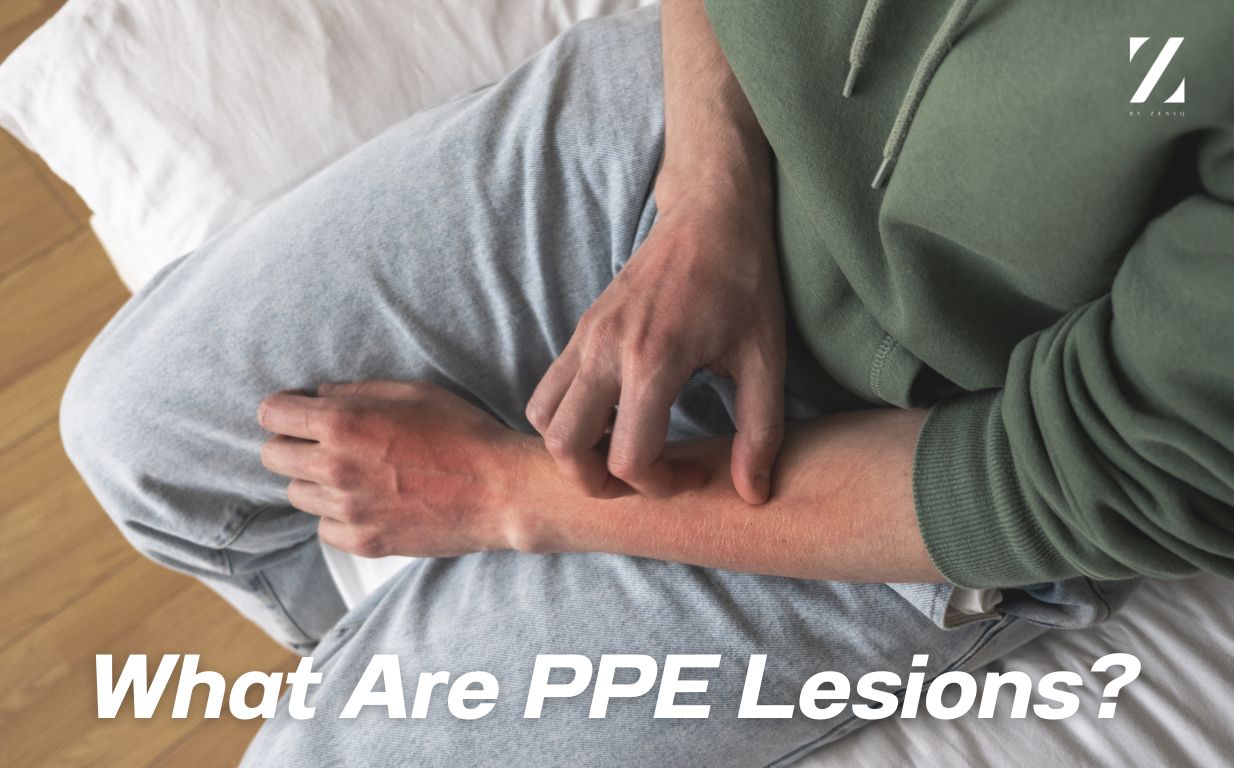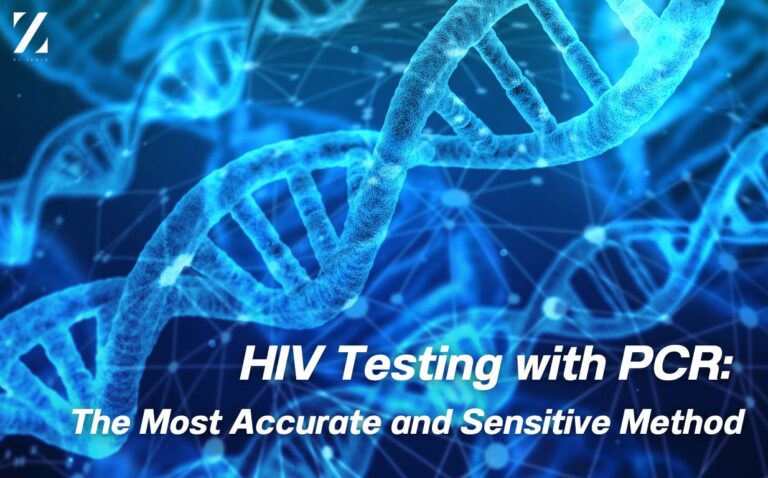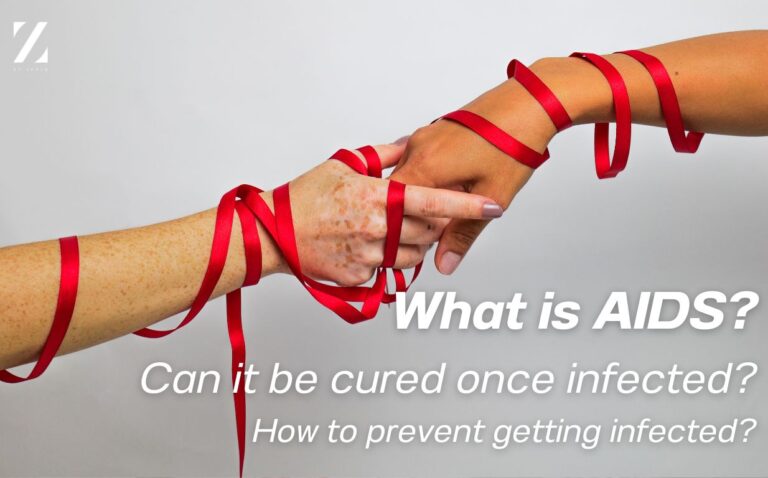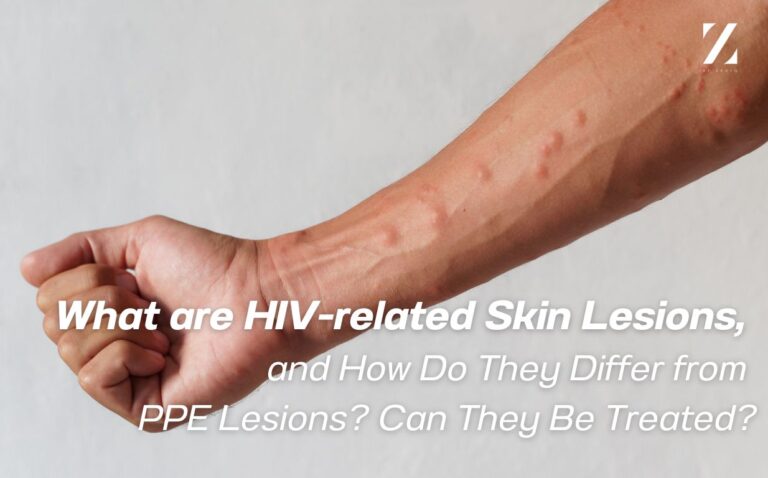Ever wondered if those itchy red bumps on your skin could reveal something about your health? For individuals living with HIV, one such symptom to be aware of is Pruritic Papular Eruption (PPE), a skin condition closely linked to the immune system.
This article aims to help you better understand what PPE lesions are, why they occur, and how to manage them effectively.
What Are PPE Lesions?
Pruritic Papular Eruption (PPE) is a skin condition characterized by raised, itchy red bumps. These lesions are common in people living with HIV, particularly those with weakened immune systems. They often occur in the stage of HIV when CD4 cell counts drop significantly.
PPE lesions form because a weakened immune system struggles to defend the body from irritants like bacteria, viruses, or allergens. This triggers inflammation, which manifests as itchy skin bumps.
Although PPE lesions may seem concerning, they can be managed and treated effectively with proper initiation of cART.
Signs and Symptoms of PPE Lesions
PPE lesions typically appear on areas of the body exposed to sunlight, such as the face, arms, and legs. Key features include:
- Appearance: Large, raised, red bumps measuring over 5 mm.
- Itching: Intense itching that can cause discomfort.
- Associated Symptoms: Scalp flaking, inflamed oil glands, and scaly patches.
- Complications from Scratching: Persistent scratching can lead to bacterial infections, pus formation, and dark spots or scars.
Do PPE Lesions Affect Men and Women Differently?
No, PPE lesions affect people regardless of gender. The condition is directly tied to immune system health, specifically the level of CD4 cells in the body. Individuals with low CD4 counts, whether male or female, are at greater risk of developing PPE lesions.
What Causes PPE Lesions?
The primary cause of PPE is a weakened immune system. Factors contributing to its development include:
- Low CD4 Counts: Individuals with CD4 counts below 200 cells/mL are highly susceptible to PPE due to reduced immunity.
- Inability to Fight Irritants: A weakened immune system struggles to fend off common irritants like bacteria, viruses, or allergens.
- Inflammatory Response: The body’s attempt to combat irritants triggers inflammation, resulting in itchy bumps on the skin.
Are PPE Lesions Dangerous?
While not life-threatening, PPE lesions can significantly impact quality of life and lead to complications, such as:
- Secondary Bacterial Infections: Frequent scratching can break the skin, allowing bacteria to enter and cause infections, making wounds harder to heal.
- Fungal Infections: People with low immunity are prone to fungal infections, especially in moist areas like skin folds. These infections can worsen inflammation and discomfort.
- Scarring and Dark Spots: Persistent scratching can leave scars and dark patches on the skin, potentially affecting appearance and emotional well-being.
- Severe Complications: In rare cases, PPE can lead to systemic infections or tumors, which require immediate medical attention.
Can PPE Lesions Heal on Their Own?
PPE lesions don’t typically resolve on their own but can improve with cART. Regular follow-ups with crucial for faster recovery and prevention of recurrence.
How Is PPE Diagnosed?
If you suspect PPE lesions, consult a doctor immediately. Accurate diagnosis and prompt treatment are essential to prevent complications. Diagnosis typically involves:
- Physical Examination and Medical History: A doctor will evaluate the appearance of the lesions and ask about factors like sexual health, substance use, and other infections.
- HIV Testing: Blood tests to detect HIV may include:
- Antigen Testing: Detects HIV proteins early after infection.
- Antibody Testing: Identifies antibodies developed by the immune system to fight HIV.
- Combination Testing: Checks for both antigens and antibodies for a more accurate result.
- Viral Load Testing – remove change it to HIV PCR: Measures HIV genetic material directly, offering high sensitivity in early detection.
- CD4 Cell Count Testing: Assesses immune system strength and risk of complications like PPE.
How Are PPE Lesions Treated?
Treatment for PPE focuses on both symptom relief and addressing the root cause. Key approaches include:
- Avoid Scratching: Scratching can worsen irritation, lead to infections, and cause scarring.
- Moisturizing: Use gentle lotions or creams to prevent dryness and reduce itching.
- Medication for Symptoms: Your doctor may prescribe antihistamines or topical steroids to manage itching and inflammation. Use these medications strictly as directed to avoid side effects.
- Antiretroviral Therapy (cART): Consistent use of cART helps suppress HIV, strengthen the immune system, and reduce the likelihood of PPE recurrence.
How Long Does It Take to Heal PPE Lesions?
While antiretroviral therapy improves immune function, PPE lesions won’t disappear overnight. Healing time depends on the individual’s immune response and adherence to treatment.
At Z by Zeniq, we provide confidential, judgment-free consultations with sexual health specialists. Our clinic offers a safe space to address your concerns, including personalized care plans for HIV management. Book an appointment online or call us today for more information.
Prevention Tips
Always use condoms during sexual activity to reduce the risk of HIV transmission.Consider taking PrEP for pre-exposure prophylaxis and PEP for post-exposure prophylaxis.Never share needles or syringes.Get tested for HIV regularly




